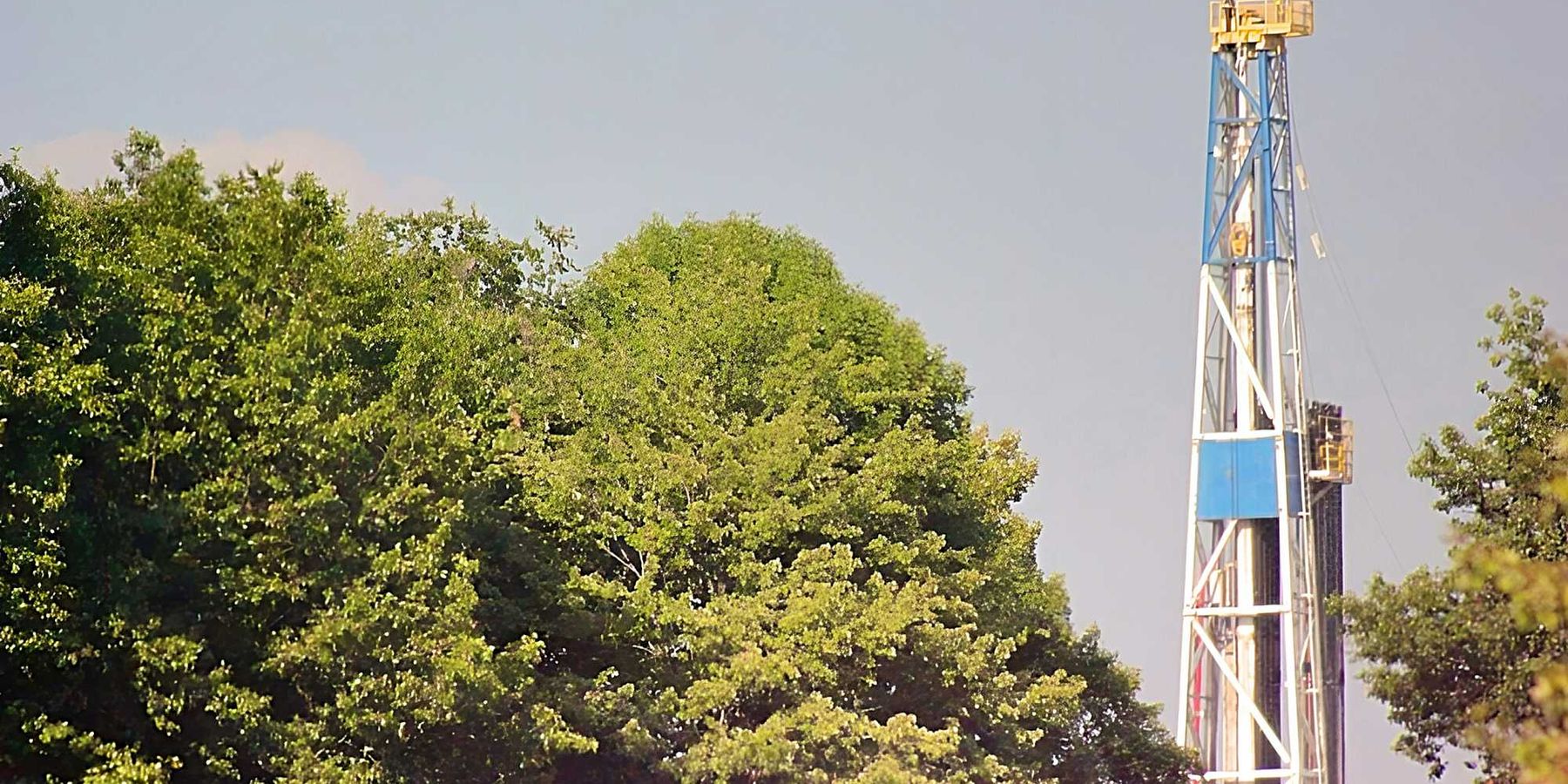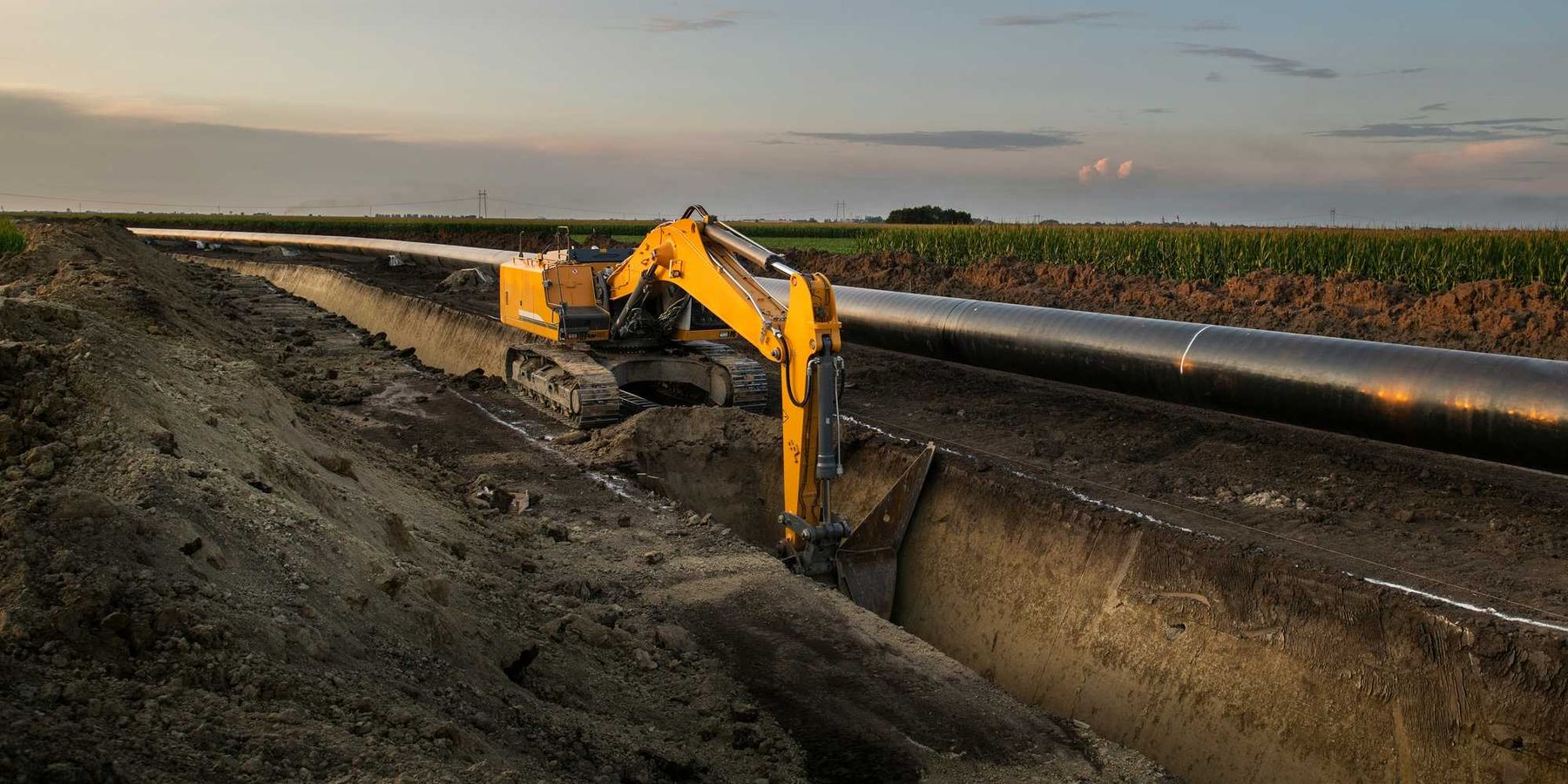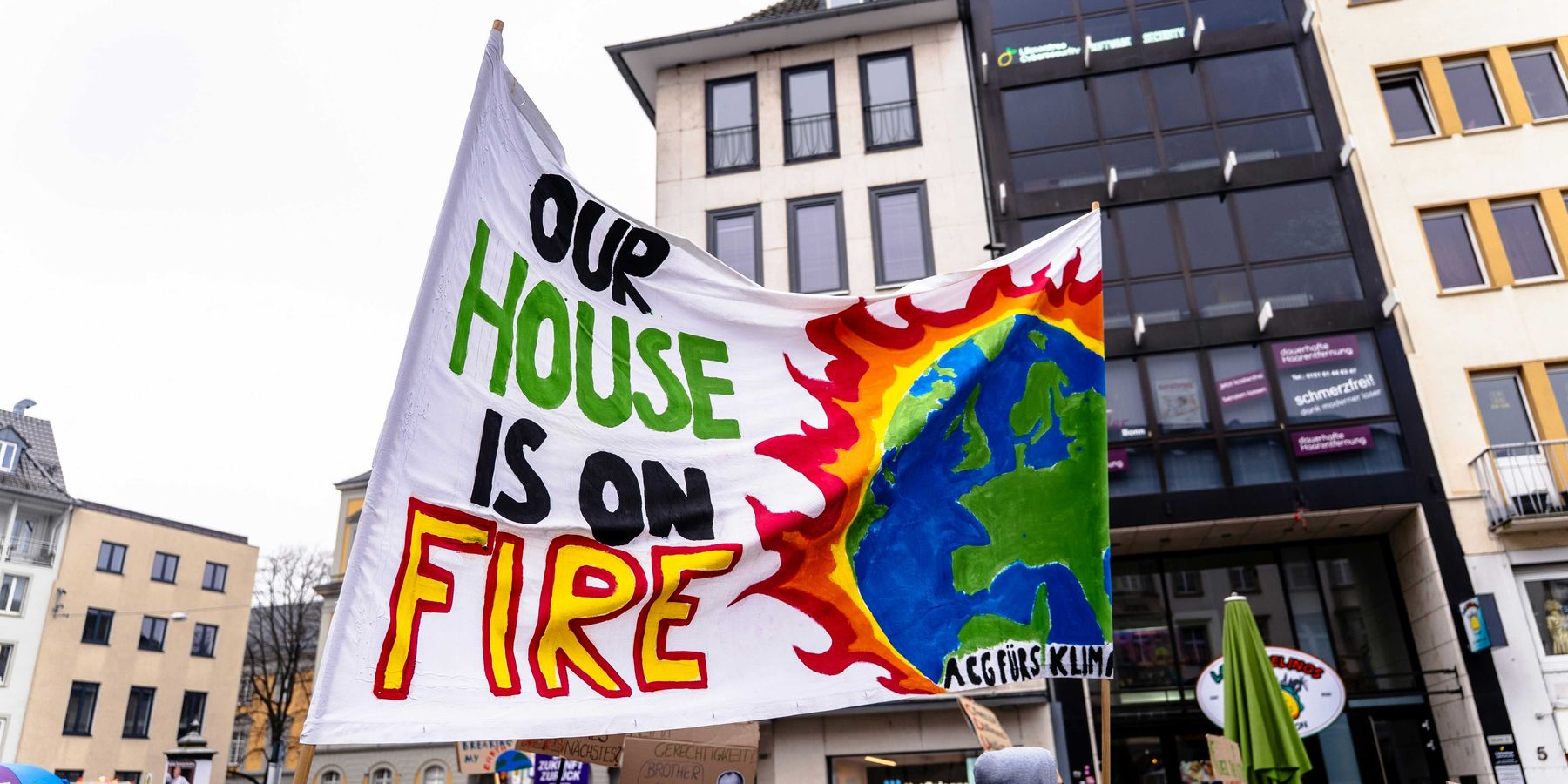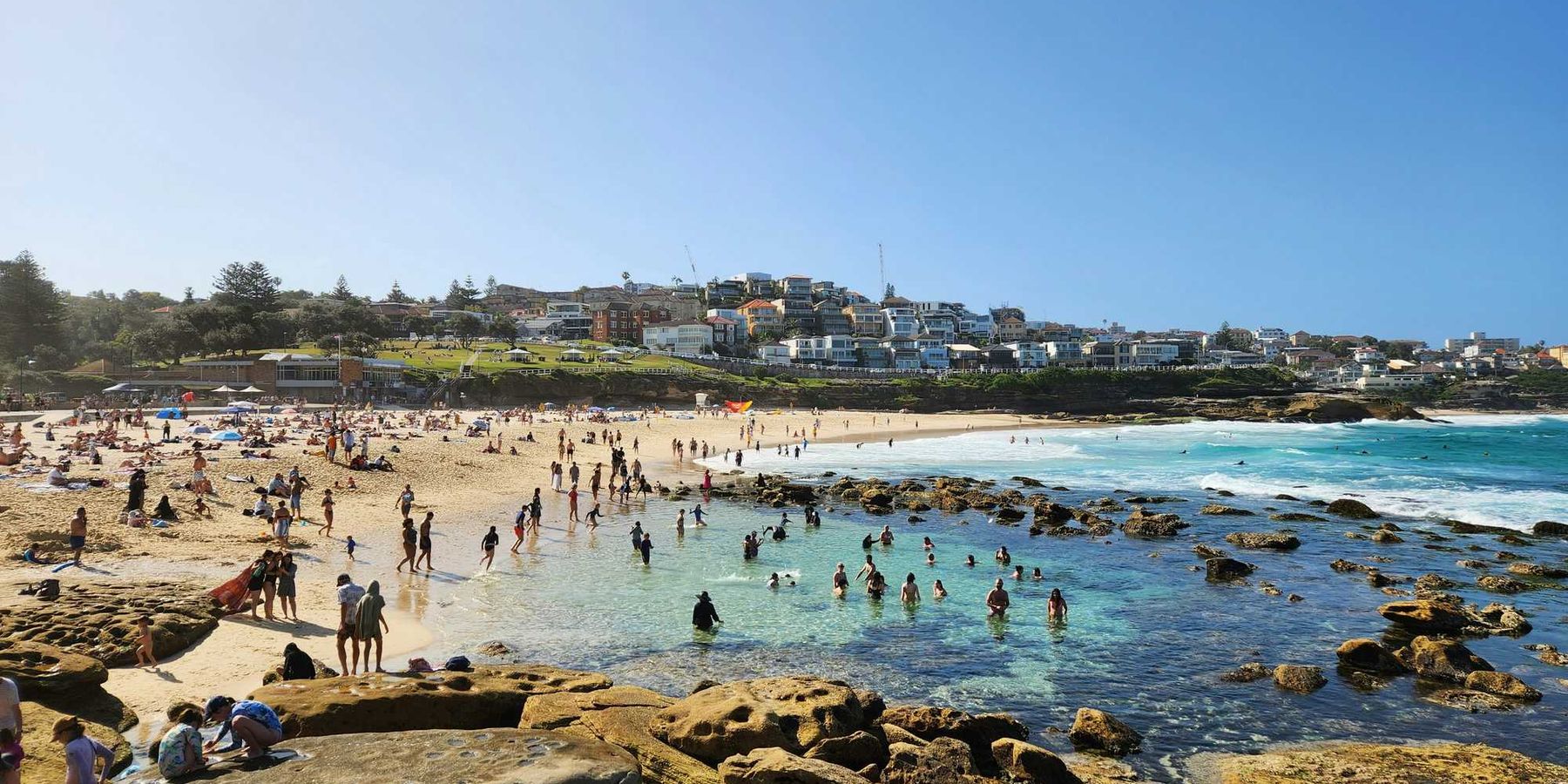New York considers relaxing climate law amid challenges
Governor Kathy Hochul is contemplating easing New York's stringent climate law requirements as the state struggles to meet its renewable energy goals.
Peter Mantius reports for WaterFront.
In short:
- The 2019 Climate Leadership and Community Protection Act aims for 70% renewable electricity by 2030, but New York may not reach this target until 2033, prompting discussions on relaxing the law.
- State Comptroller Tom DiNapoli's audit criticizes the Public Service Commission for not estimating the transition costs and risks of blackouts if energy generation doesn't increase.
- Business and political groups are pressuring Hochul to adjust the law, arguing the current strategy endangers grid reliability and affordability.
Key quote:
"I am appalled at this pushback against the CLCPA by business interests pushing their short-sighted agenda."
— Robert Howarth, Cornell University climate scientist
Why this matters:
New York's ambitious climate goals set a precedent for other states, and setbacks could impact national and global climate initiatives. Energy infrastructure needs significant investment and overhaul, with a shift away from fossil fuels to renewable sources such as wind, solar and hydropower. This transition requires not only financial resources but also public support and collaboration across various sectors, including transportation, housing and agriculture.













